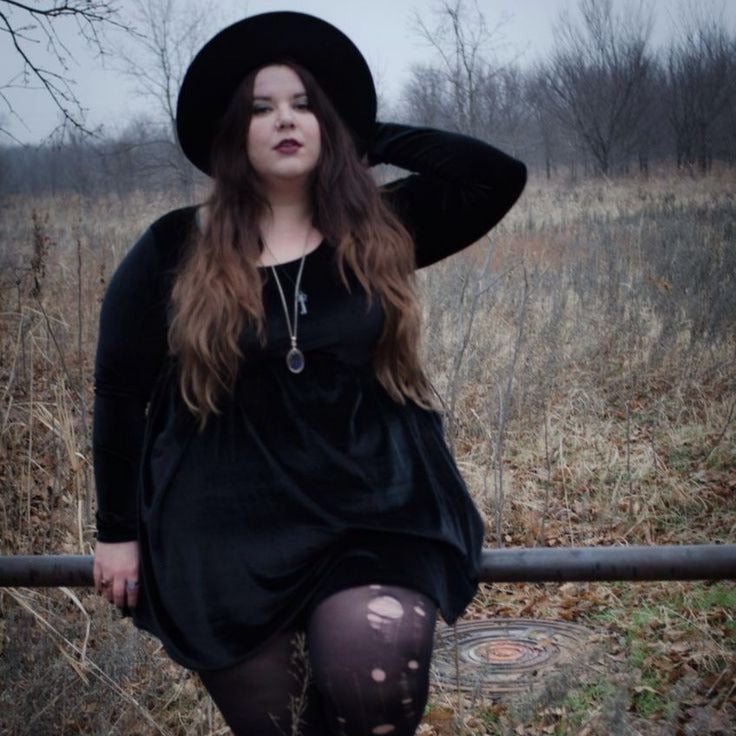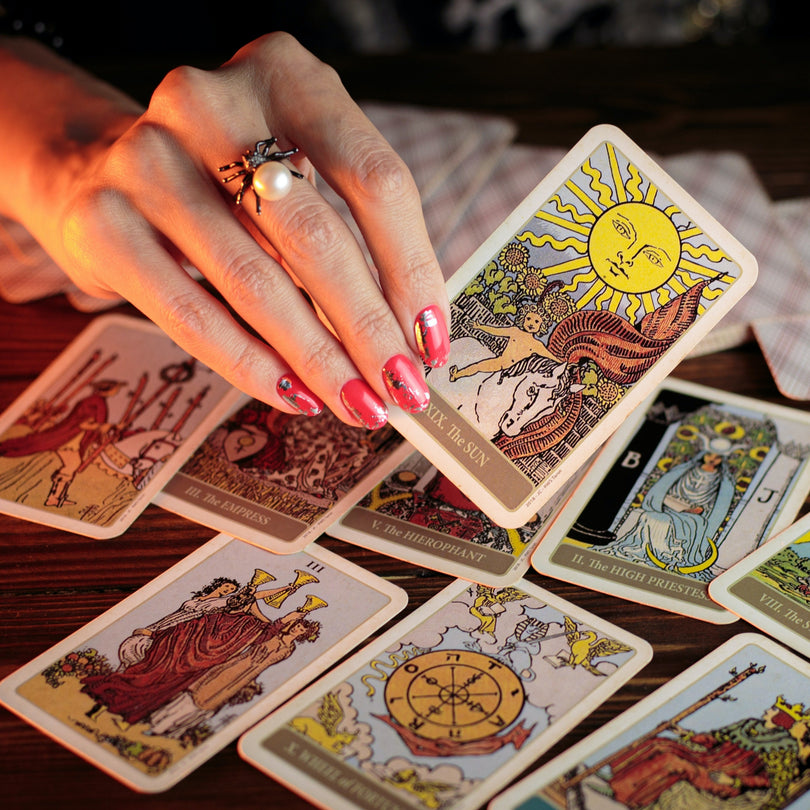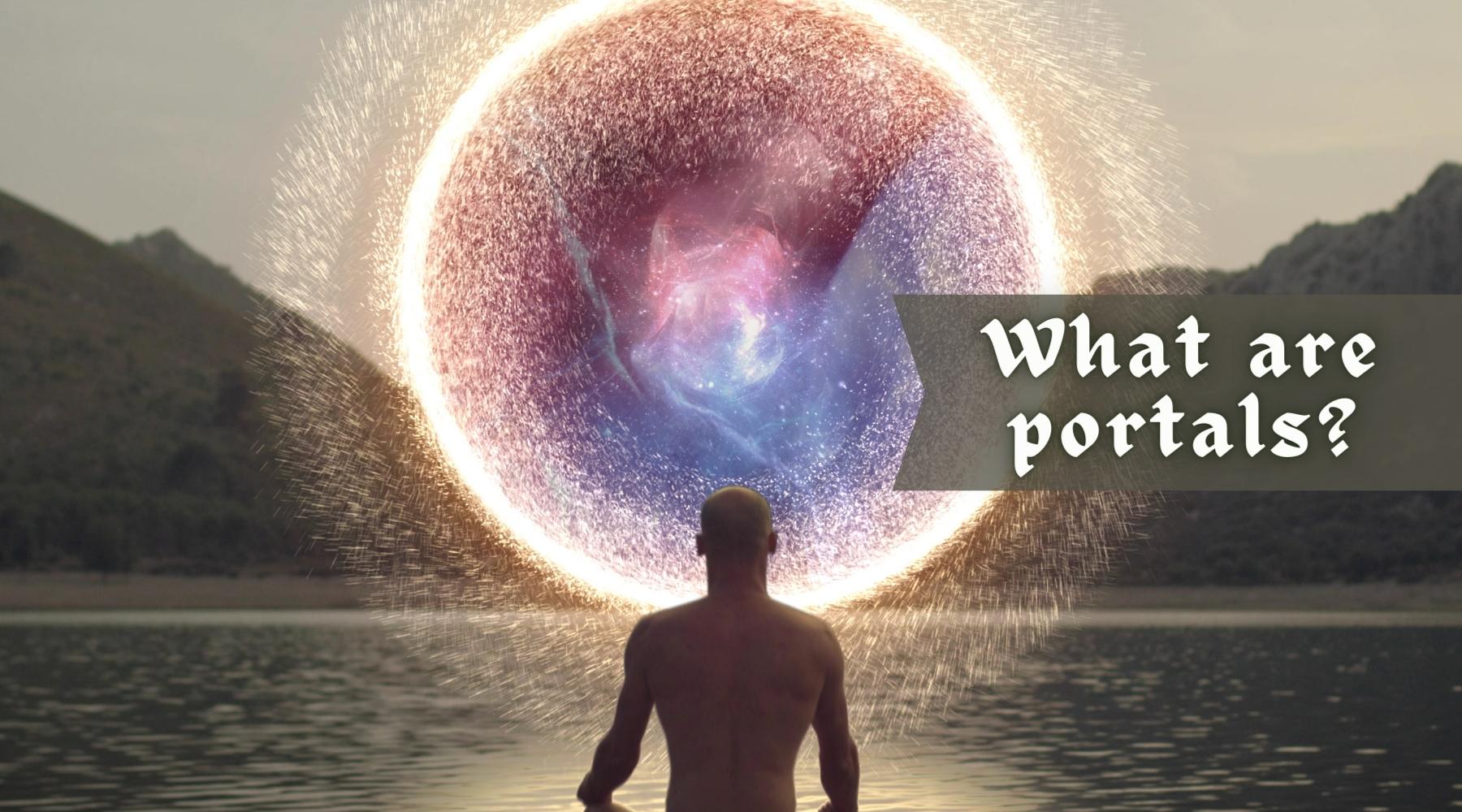Samhain: The Ancient Celtic Origins of Halloween
Halloween is one of the most important days of the year among many Wiccan and goth communities. It is also a fun mainstream holiday that kids with a sweet tooth look forward to all year!
Halloween is based on an ancient Celtic festival known as Samhain, which marked the end of the harvest season and the start of the cold and dark winter months. The supernatural was thought to be more potent during this darker half of the year, and rituals conducted at Samhain would protect the community over the coming months.
Many modern Halloween practices draw on the traditional rituals conducted around Samhain, brought to the United States by Irish and Scottish immigrants. But let’s take a closer look at the traditional Samhain festival.
Gaelic Festival of the Harvest
Samhain belongs principally to the Gaelic world. It was an important festival day in Ireland, Scotland, and the Isle of Man. It was held annually on 1 November, which meant celebrations started during the evening on 31 October since the Celtic day began at sunset.
While Samhain was best associated with the Irish world, similar festivals were conducted around the same time of year by other Celtic communities. In Wales, it was known as Calan Gaeal, in Cornwall as Kalan Gwav, and in Brittany as Kalan Goanv.
It is no surprise that this date was considered important by many different communities. It is halfway between the Autumn equinox and the Winter solstice, which, in the northern hemisphere, is when the days start to get shorter and colder. This was extremely significant in many parts of the world, such as northern Europe, where the sun barely rises in the height of winter. The Norse people living in Scandinavia also marked this important moment in the Wheel of the Year with a different festival known as Alfablot.
Ancient Festival
There is good evidence that Samhain was an ancient festival. Several Neolithic passage tombs found in Ireland are aligned with the rising sun on Samhain, suggesting that the date was already marked out as important. A first-century BCE calendar, known as the Gaulish Coligny Calendar, calls this time of year Samoni.
The earliest clear evidence for Samhain as we know it today comes from the earliest examples of Irish literature, which date to the 9th century. Ireland was already Christianized by this time, so the traditions and practices described are a mix of old Pagan customs and Christian overlays and influences.
There is some evidence to suggest that the Pagan festival of Samhain was associated with the god Chrom Cruach, who seems to have been both a solar and a fertility deity. He is a wizened god hidden by mists who accepts “firstborn” sacrifices in exchange for good harvests.
While firstborn sacrifices were probably, in many cases, first harvests, there is also evidence that Chrom Cruach received human sacrifice. But rather than babies, he seems to have received kings. It is suspected that several Irish bog burials represent the ritual sacrifice of kings or other important persons. There is good evidence that many of them were interred around the time of Samhain.
Samhain Gatherings
By the 9th century, Samhain was a time of festival and celebration. Communities would gather in large groups to eat, drink, and be merry for about a week around the specific dates of Samhain. This meant that Samhain also had political importance as it was a time to reaffirm bonds with neighbors and allies, and leaders could confirm and pass rules and laws.
Many of the stories of Irish literature are set during Samhain as this is a time when people came together for festivities, marriages, and also conflict.
With the community gathered, the practice of mumming or guising, the root of trick-or-treating, was practiced. People would dress up in masked costumes to hide their identities and go from place to place dancing and reciting verses in exchange for food. Traditions around hospitality and welcoming guests meant that denying these passersby food could bring bad luck and perhaps also a trick from the disappointed players.
Day of the Dead
Samhain and also Beltane, which falls on May 1 when the days start to get longer, are considered liminal moments. At these times, the veil between the worlds is at its thinnest, and there is more interaction between the mortal and the supernatural. Ghosts, fairies, and demons are considered to be more powerful when the sun is weak, so Samhain marks the beginning of a dangerous period in general. The festival is a portal moment when forces can easily move between worlds.
In Irish literature, there are many stories of deceased ancestors returning to see their homes at Samhain (and they aren’t always happy with what they see!). More dangerous entities can also pass between the worlds, killing livestock and burning down homes if they so choose.
For this reason, Samhain rituals were often conducted at burial mounds, which were considered portals to the other world. Protective bonfires were built, and sacrifices were made to appease the spirits, called collectively the Aos Si. When people returned home, they would take a spark from the ritual bonfire to light their own hearth and lay out an extra plate for the honored ancestors.
Divination
The thin veil between the world meant that this was also the perfect time for divination practices. For example, stones were often cast into the bonfire during the festivities, and then an experienced diviner could read the future based on their positioning and burning.
Back at home, families would also engage in fun divination practices, often using apples and hazelnuts, both associated with the practice.
Games such as bobbing for apples could reveal whether a person would marry or have children in the coming months. People would also peel an apple in a single long strand while asking a question. They would then throw the peel over a shoulder, and the shape of the peel could provide an answer.
Two hazelnuts were named for an individual and their heart’s desire and then placed on the fire to roast. If the hazelnuts jumped away from the fire, this was not a good sign for the match. But if the two roasted quietly side by side, this was a good omen.
Interested in divination? You will find Tarot Cards and Runestones in the store. Read our guide to how to use Tarot Cards here.
Witches of Samhain
In modern Paganism and Wicca, Samhain has been adopted as one of the principal Sabbats of the Wheel of the Year. While practices vary, these modern festivals are also based on the belief that this is a moment when the veil between the worlds is thin, so this is the ideal time to engage with our ancestors and the supernatural.
It also seems that Samhain has long been the domain of witches. One of the principal sites in Ireland where Samhain bonfires were built and rituals conducted is known as the Hill of Ward, which is the burial mound for Tlachtga.
Tlachtga was the daughter of the Arch Druid Mug Ruith, and she traveled with her father, learning his secrets and becoming an accomplished witch. She was reportedly raped by the sorcerer Simon Magus and, as a result, gave birth to three sons on this very mound, where she also died.
The resting place of the powerful witch was clearly considered a potent portal during the time of Samhain.
Some believe that Tlachtga only became a witch in Christian sources and, before this, was a Pagan sun goddess. This would also make her an appropriate goddess for Samhain, alongside the sun dog Crom Cruach.
How will you be celebrating Halloween?
It is not hard to see the roots of modern Halloween practices in many of the rituals and activities associated with the ancient Gaelic festival of Samhain. But for most people, Halloween has lost its spiritual meaning and is just some good fun.
But there is a growing group of Neopagans and individuals who just want to connect more with the natural cycles of the year that are reviving traditional Samhain practices.
So, the question is, how will you be celebrating this important date in the calendar? Let us know in the comments section below.











